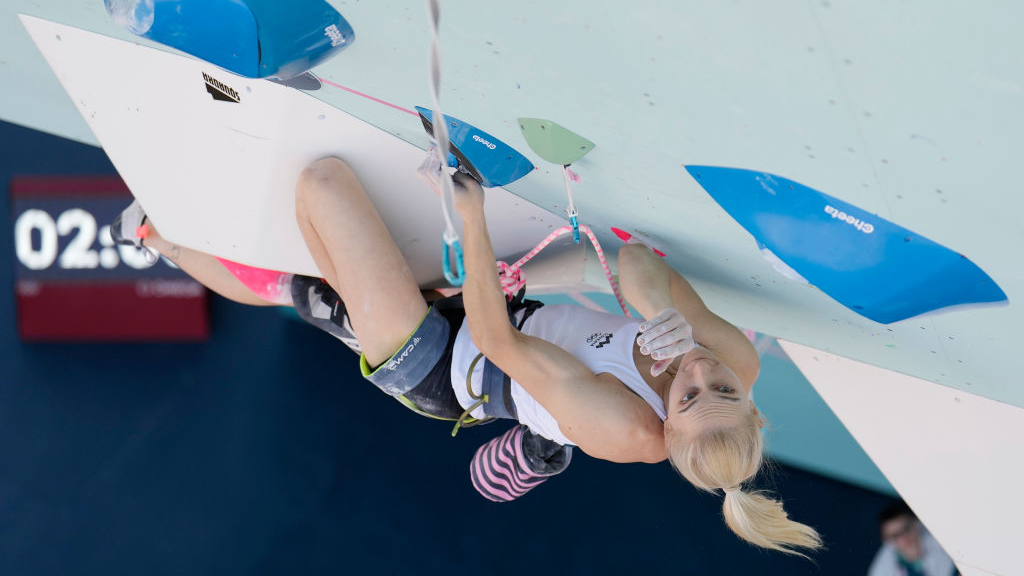Ski goggles vs sunglasses: which should you choose for the slopes?
We examine the advantages and disadvantages involved when it comes to ski goggles vs sunglasses to ensure you make the safest – and not just the easiest – choice
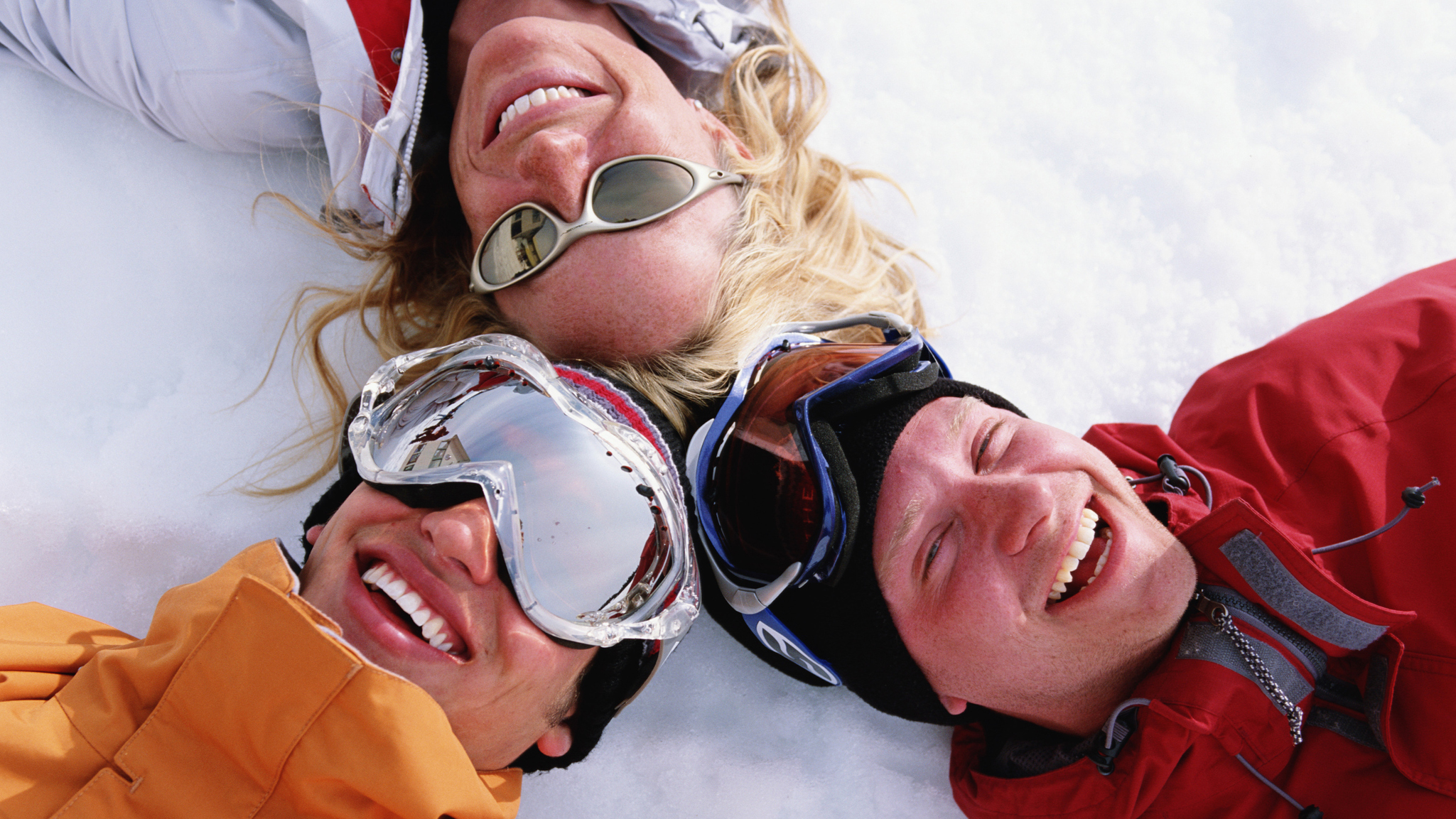
We're pitting ski goggles vs sunglasses to see which is truly the better choice for the ski slopes and your wider adventures. For a long time now, ski goggles have been the eyewear of choice on ski slopes around the world, but you will still see your fair share of skiers and snowboarders hitting the hill with wraparound polarized sunglasses instead.
If you’ve had problems with your ski goggles fogging up, don’t want to spend the perceived extra cash on a pair of goggles or find their bulk annoying to lug around, you might be wondering if you can wear sunglasses instead. They certainly look better in the bar afterwards, but do they really offer enough protection for the slopes?
Let's examine the merits and pitfalls of both to ensure you make the safest – and not just the easiest – choice for your snowsports adventures this winter.
Meet the expert
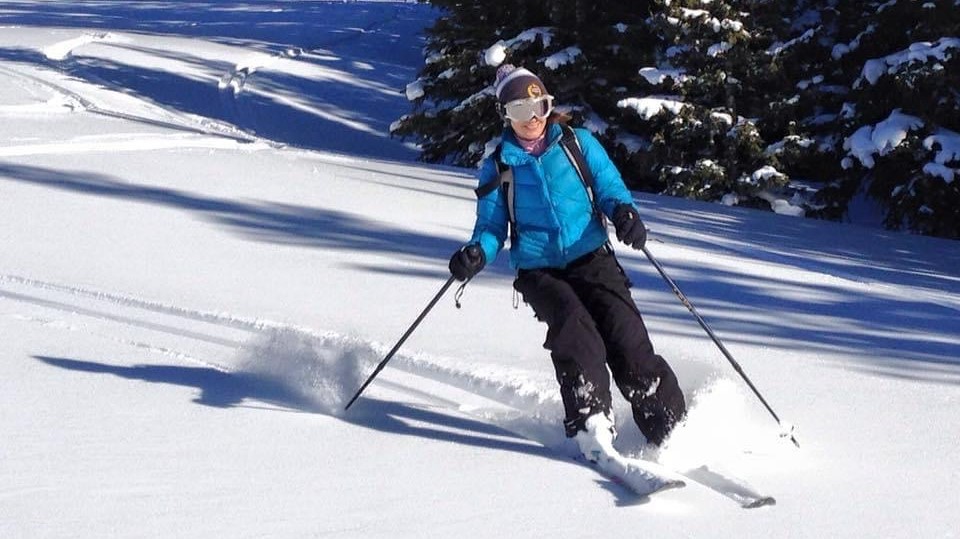
Julia lived in Vali, Colorado for 11 years, having taking the plunge and quit her job to live the ski town lifestyle. She loves hitting the slopes and has tested and reviewed plenty of ski gear in her time. These days, she's back in her native Scotland and is one of Advnture's main kit experts.
Today's best deals
Protection
- Ski goggles provide more protection and are more secure than sunglasses
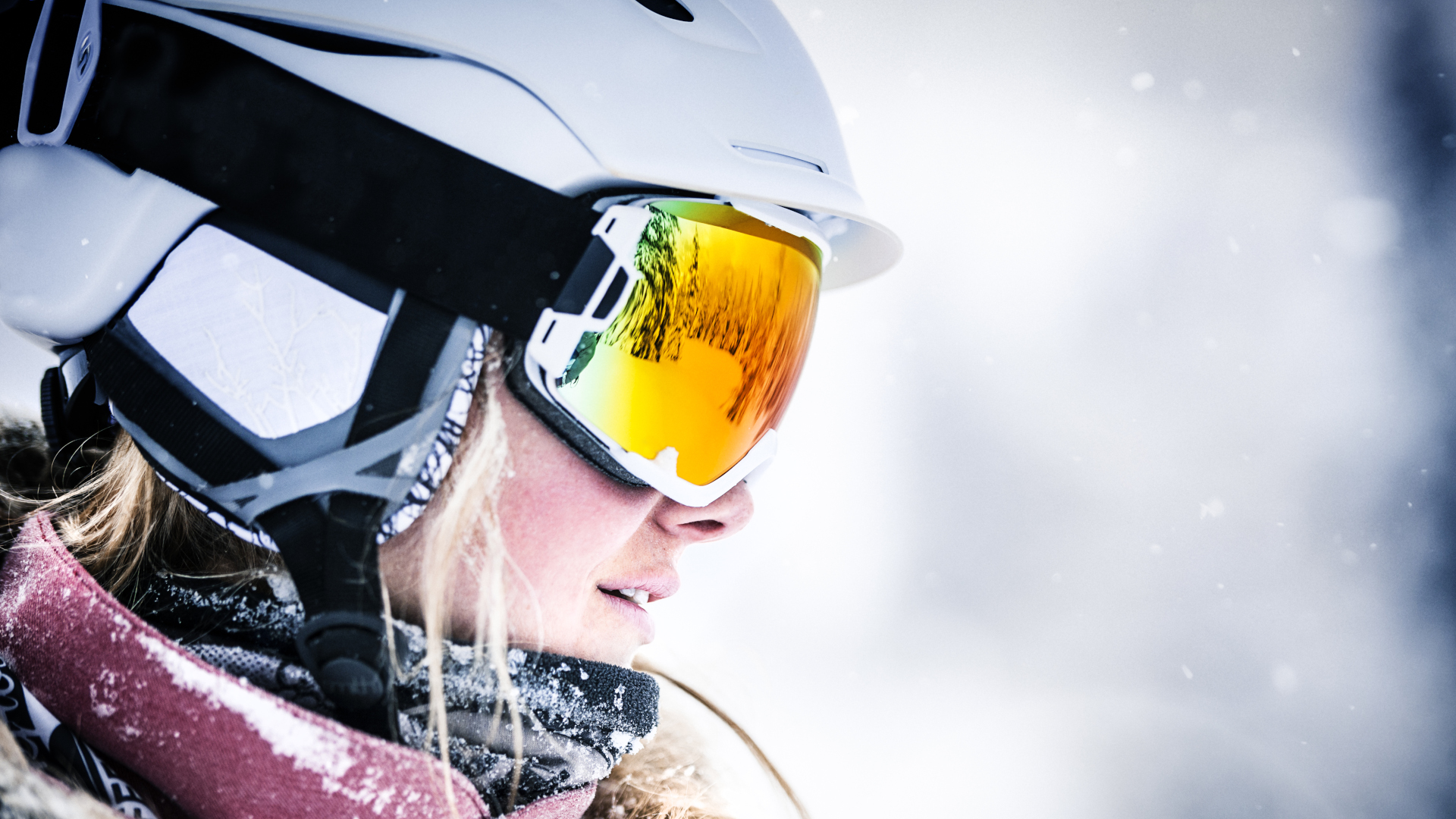
Let’s start with the most important criteria: how much protection does each option offer you? When you’re skiing or snowboarding, you’re subject to high speeds, the elements and even the occasional branch or other flying object, so you need to get serious about protecting your eyes and face.
Ski goggles cover more than half your face and seal to your skin, which means they protect both your eyes and face from the sun’s UV rays and seal out the wind, snow and anything else that flies near your face. Wraparound shades will do a decent job of protecting your eyes from the sun, especially in conjunction with your helmet, but they don’t cover your face and won’t keep out the elements or much else out, plus they can more easily be knocked off your face.
Insulation
- Many skiers value the added warmth ski goggles provide for their face
- Sunglasses don't provide protection from the cold
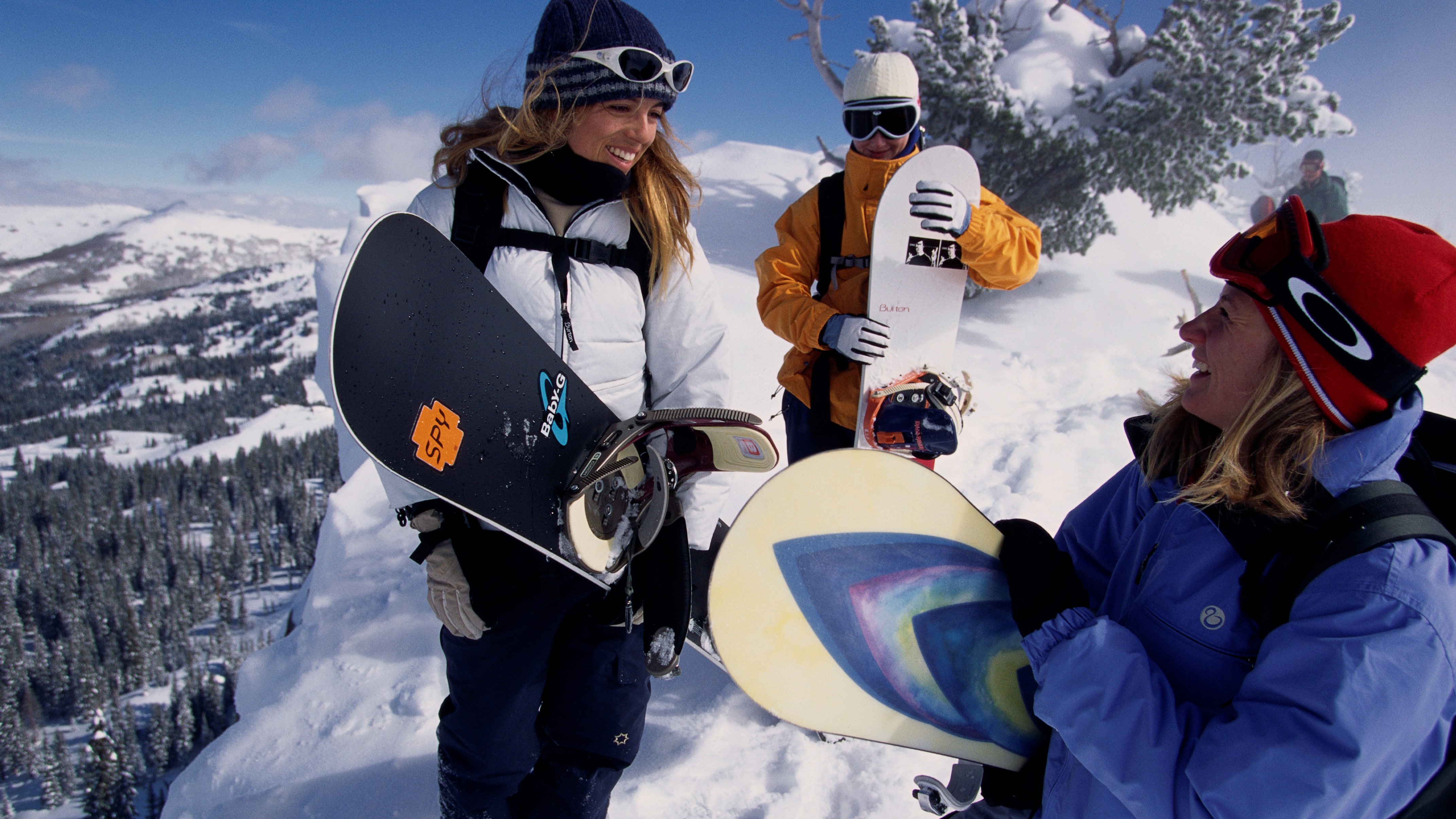
Cold temperatures mean great snow, and you might not think of either piece of gear in terms of keeping you warm, but ski goggles actually provide quite a bit of welcome insulation, by sealing out cold air. Most skiers rely on just their goggles to keep their face warm, while the colder skier can also use a neck gaiter or ski mask for their lower face. Sunglasses don't provide any protection from the cold.
Helmet compatibility
- Helmets have a clip at the back to attach goggles
- With sunglasses, you don't really need to worry about compatibility
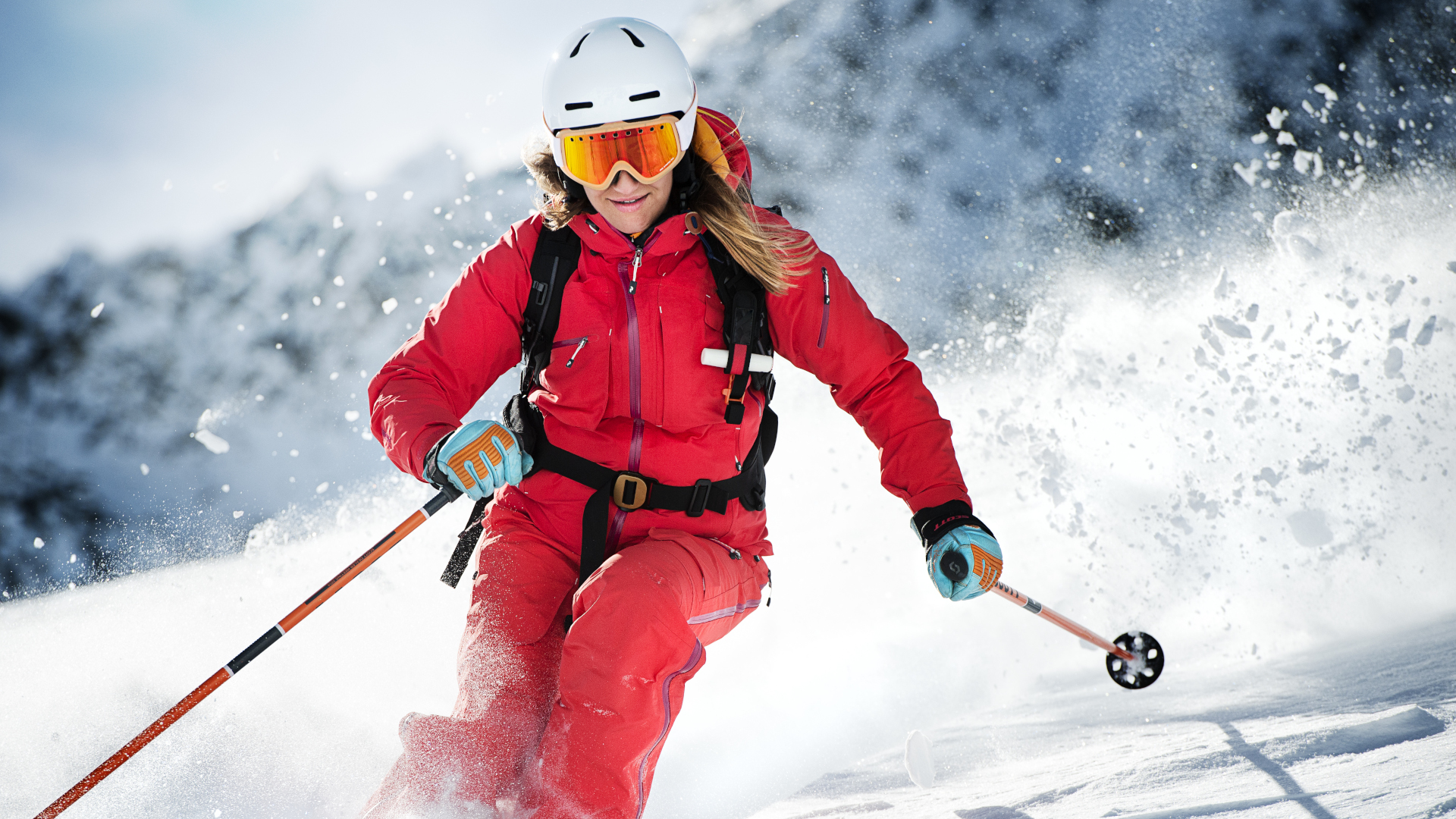
We’re just going to go ahead and assume that you’re smart enough to be skiing or snowboarding with a helmet, and you’ll want your eye protection to be helmet compatible. You’ll wear the band of your ski goggles on the outside of your helmet. All new helmets have a clip at the back to attach your goggles, and all new goggles worth buying should be helmet compatible, so if you’re shopping today, you shouldn’t need to worry – but it is good to check that your ski goggles are compatible with your helmet so that they stay in place and aren’t too tight.
Advnture Newsletter
All the latest inspiration, tips and guides to help you plan your next Advnture!
With sunglasses, you don’t necessarily need to worry about compatibility, however you want your helmet to be nice and snug so it might be a little uncomfortable to have the legs of the shades pressing against your temples.
One other place your helmet comes into play is when you stop for a break or head to the lodge for apres. Goggles are easier to just push up onto your helmet without losing them (however this can lead to fogging) while sunglasses will need to come off your face and go into a pocket for safekeeping.
Fogging
- Goggles can fog up much more easily than sunglasses
- However, if you know how to wear your goggles correctly, you can avoid this
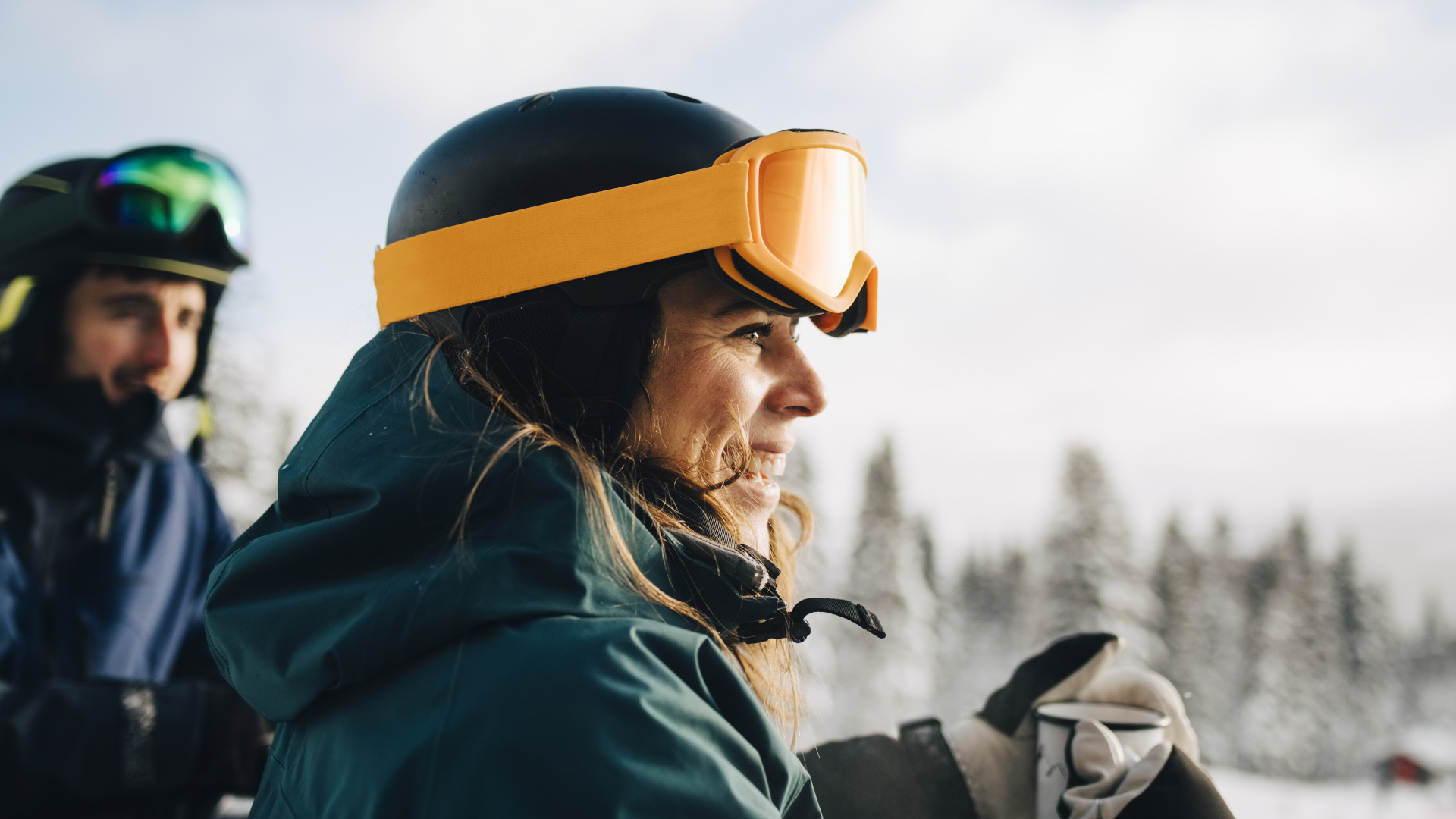
One annoying aspect of ski goggles is that they can get fogged up easily, which obscures your vision and means you have to keep pulling them off on the chairlift to wipe them, which can leave you with scratched lenses. One advantage sunglasses have over ski goggles is that they tend not to fog up as easily, however if you know how to wear your goggles and what not to do, you can avoid this nuisance, so read up on how to stop ski goggles from fogging and you’ll be perfectly happy.
Weight and packability
- Ski goggles weigh more and are bulkier than sunglasses
Ski goggles weigh more than sunglasses and are bulkier too, especially since you’ll want a good case to carry them in. This does mean they’re not as easy to stick into your pocket, so make sure you get a ski jacket with roomy pockets (our guides to the best ski jackets for men and ski jackets for women are full of great options). Sunglasses are light and can fit in almost any pocket.
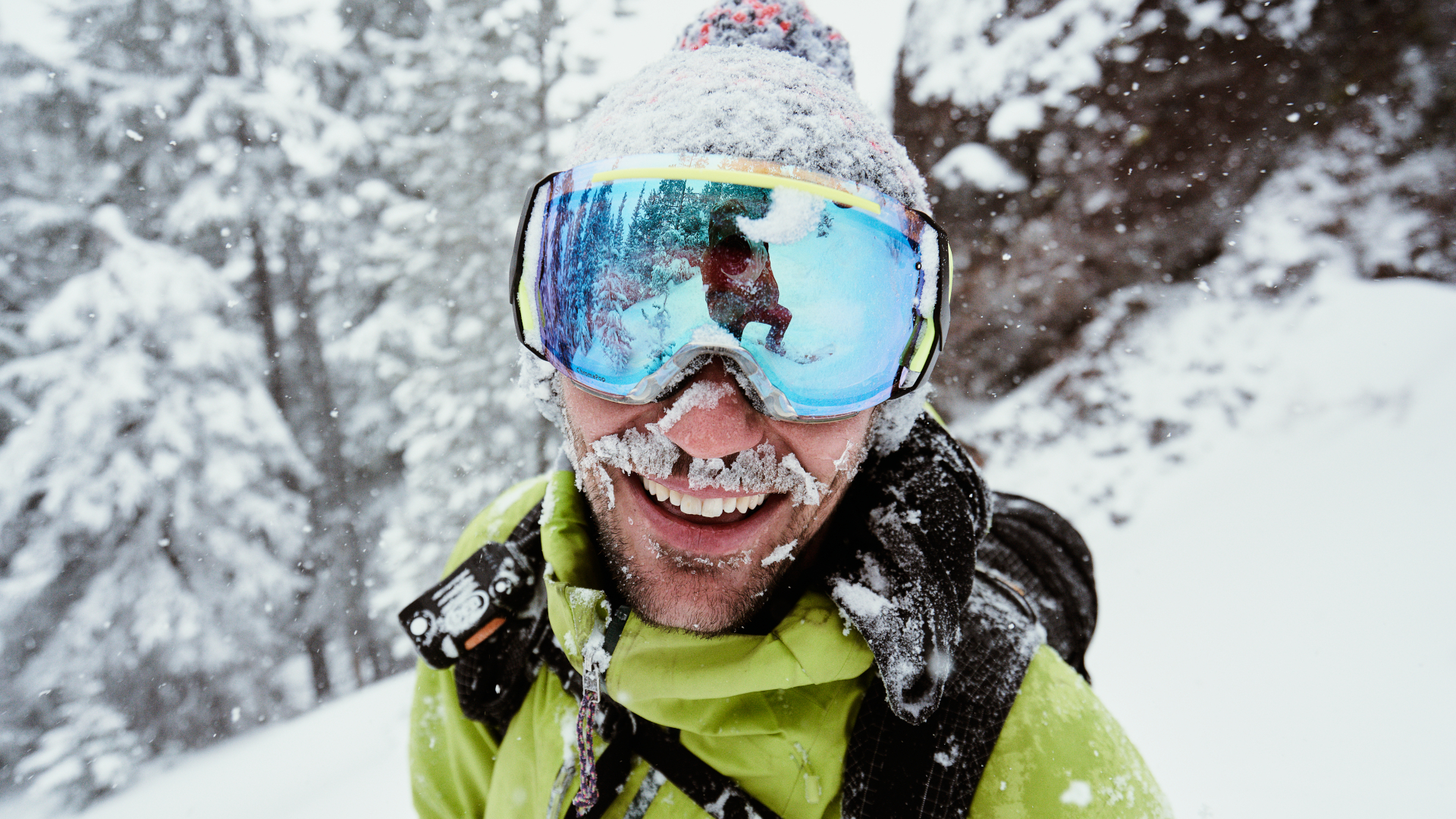
Durability
- Ski goggles tend to be much more durable than sunglasses
- Both could be carried in protective cases
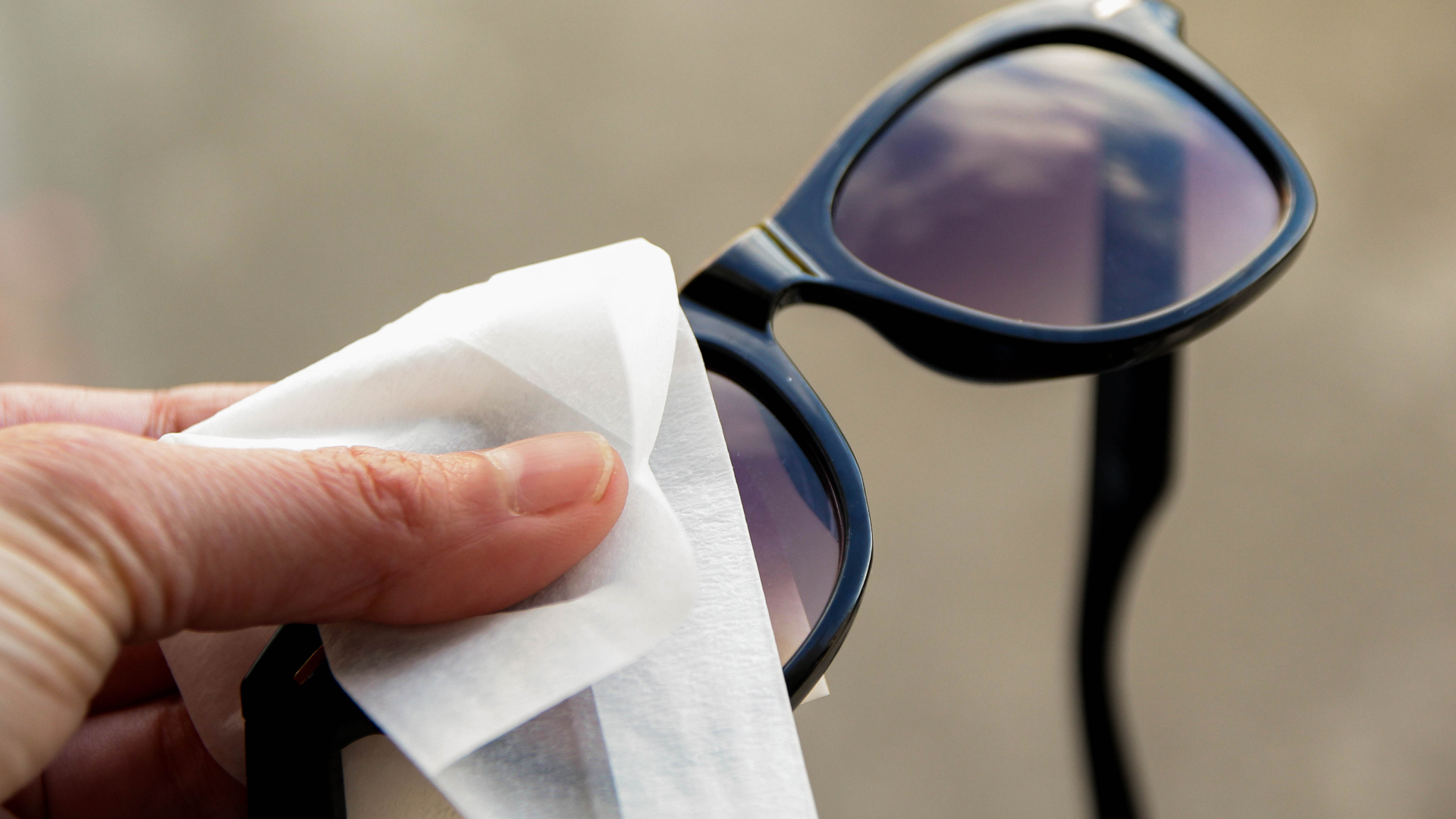
Speaking of sticking things in your pocket, that’s a great place to break a pair of sunglasses. Even the best sunglasses are flimsy in comparison to ski goggles – you can easily break the legs off or pop a lens out. Ski goggles are much more robust. The main issue is one which also plagues sunglasses and that is the problem of scratched lenses, so make sure you carry both inside a protective case and don’t use your clothes to wipe them (read up on how to clean sunglasses the right way).
Versatility and prescription
- Sunglasses are more versatile than ski goggles
- Getting prescription sunglasses is relatively straightforward
- Some goggle manufacturers offer prescription inserts and some can be worn over regular glasses
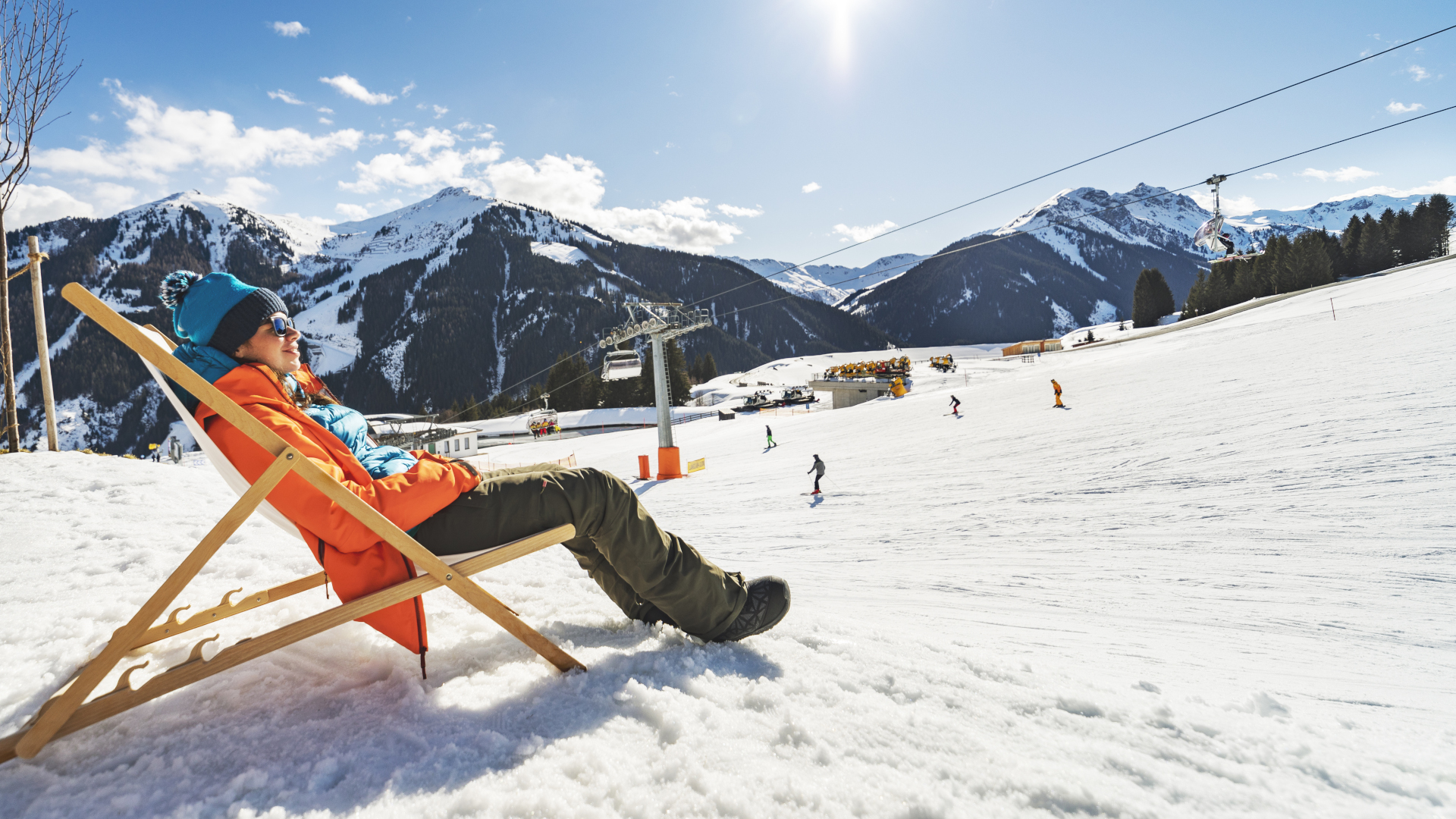
It’s fair to say that your ski goggles have pretty much only one function, and that’s to protect your eyes while you’re skiing or snowboarding. Meanwhile, you can wear your sunglasses for hiking, trail running, water sports and hanging out any time it’s sunny. So, you’ll get more use out of your sunglasses year-round for the price.
If you wear glasses in everyday life, it will be easier (and probably cheaper) for you to get prescription sunglasses, but most of the bigger ski goggle brands do now offer prescription inserts for your goggles, and you can even find ski goggles that can be worn over your glasses.
Price
- High performance sunglasses tend to cost more than their goggle counterparts
- However, it's easier to find budget sunglasses too
As a specialty item, you might assume that ski goggles will cost more than sunglasses, but when it comes to high quality sports eyewear, you’d actually be wrong. The average price of ski goggles that we’ve tested is $123, while the average cost of a pair of trail running sunglasses that we’ve tested is $154. That said, you can obviously much more easily find a very cheap pair of sunglasses than goggles at the gas station on your way to the mountain, just make sure they offer full UV protection. And as we’ve already established, you’ll probably get more wear out of your sunglasses for your money.
Comparison table
| Header Cell - Column 0 | Ski goggles | Sunglasses |
|---|---|---|
| Protection | Protect your face and eyes from sun, weather and other hazards | Only protect your eyes from the sun |
| Insulation | Seal cold air out | No insulation |
| Helmet compatibility | Need to be compatible with your helmet, but most are these days | No need to be helmet compatible, though may be uncomfortable with your helmet |
| Fogging | Can get foggy if you don't know how to prevent it | Won't fog as easily |
| Weight and packability | Heavier and bulkier to transport | Light and packable |
| Durability | Fairly robust, especially if you use the carrying case | Easy to break |
| Versatility and prescription | Only one use, increasingly come with prescription inserts plus some are wearable with glasses | Can use for most sports and activities, easy to find prescription lenses |
| Price | Average price we've tested: $123 | Average price we've tested: $154 (but you can find very cheap ones) |
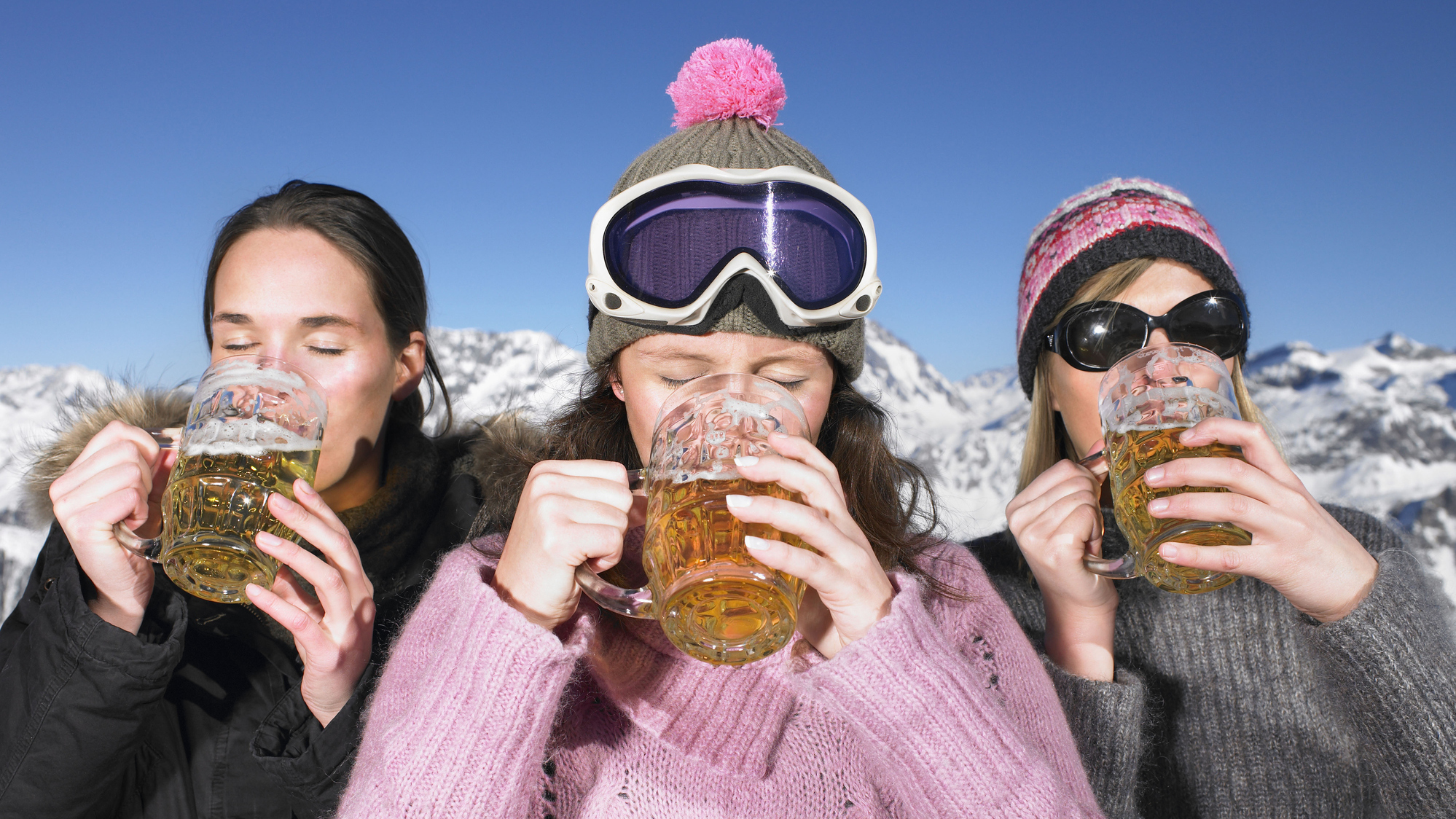
The verdict
For this debate, we think that ski goggles are the clear winner for skiing and snowboarding. They offer far better protection than sunglasses and you can’t really put a price on that, though if you were to place a price on it, it seems it would still be cheaper than buying a high end pair of sunglasses. They’re also sturdier than any pair of sunglasses. The only real savings you make with sunglasses are that they’re lighter and easier to transport in your pocket, and don’t fog up as easily, but take good care of your ski goggles and they’re the best choice no matter what conditions you’re experiencing.
- The best ski gloves: keep your hands warm and comfortable on the slopes
Julia Clarke is a staff writer for Advnture.com and the author of the book Restorative Yoga for Beginners. She loves to explore mountains on foot, bike, skis and belay and then recover on the the yoga mat. Julia graduated with a degree in journalism in 2004 and spent eight years working as a radio presenter in Kansas City, Vermont, Boston and New York City before discovering the joys of the Rocky Mountains. She then detoured west to Colorado and enjoyed 11 years teaching yoga in Vail before returning to her hometown of Glasgow, Scotland in 2020 to focus on family and writing.

